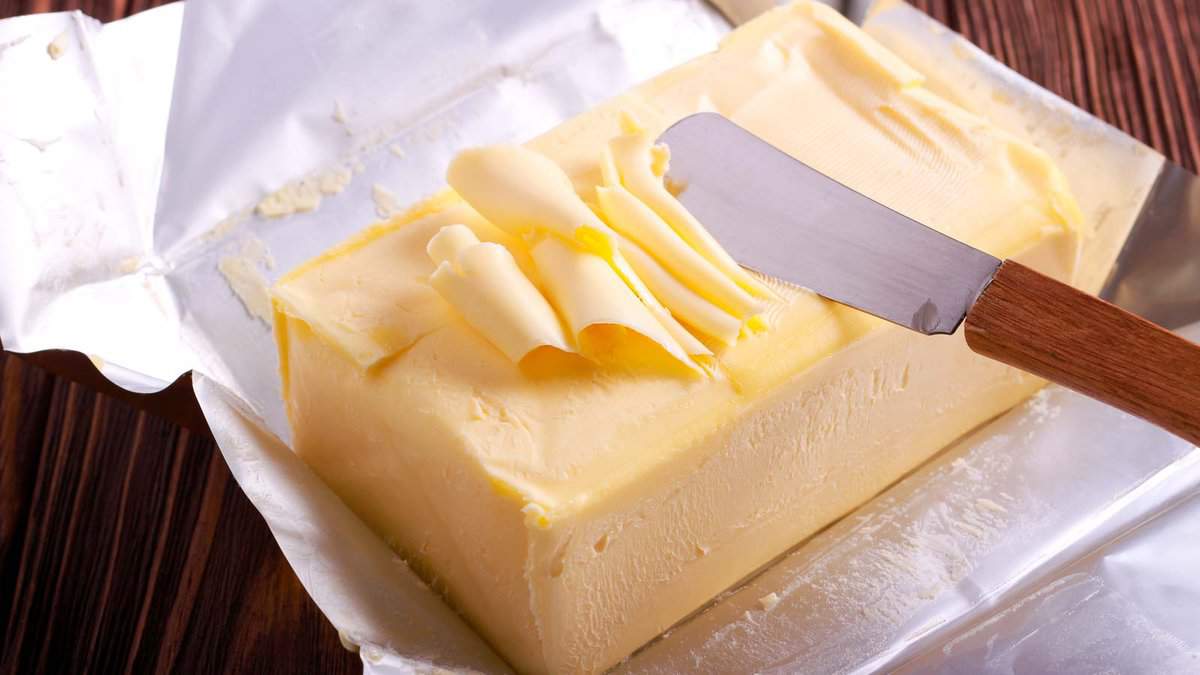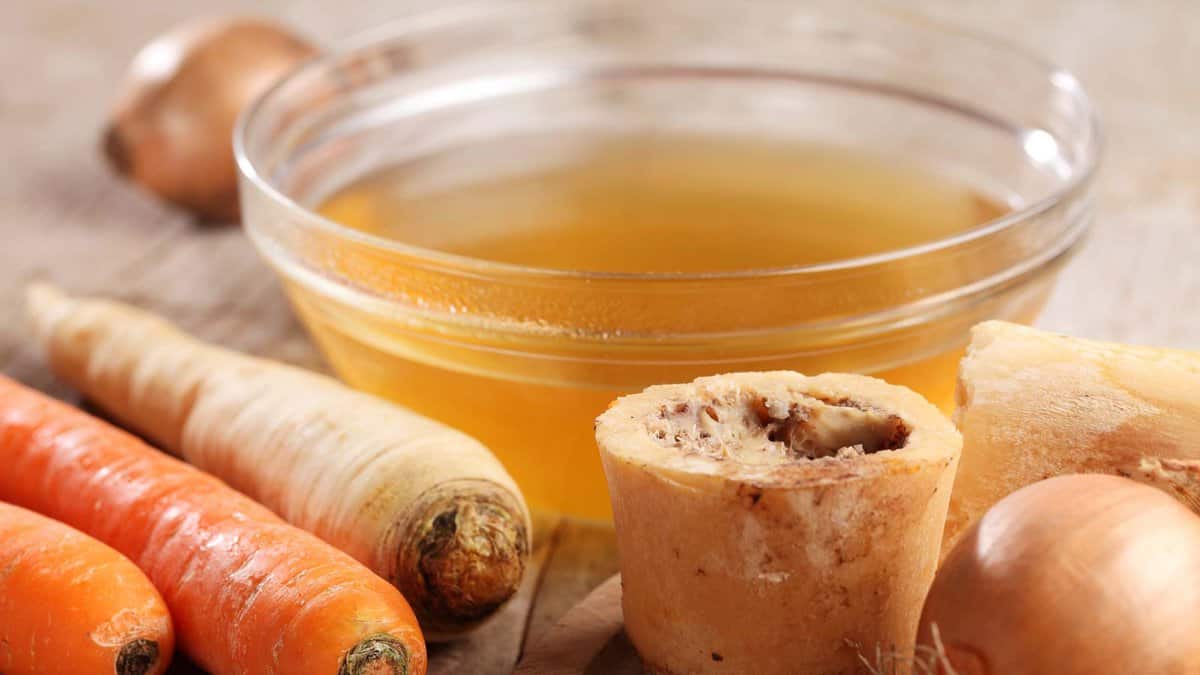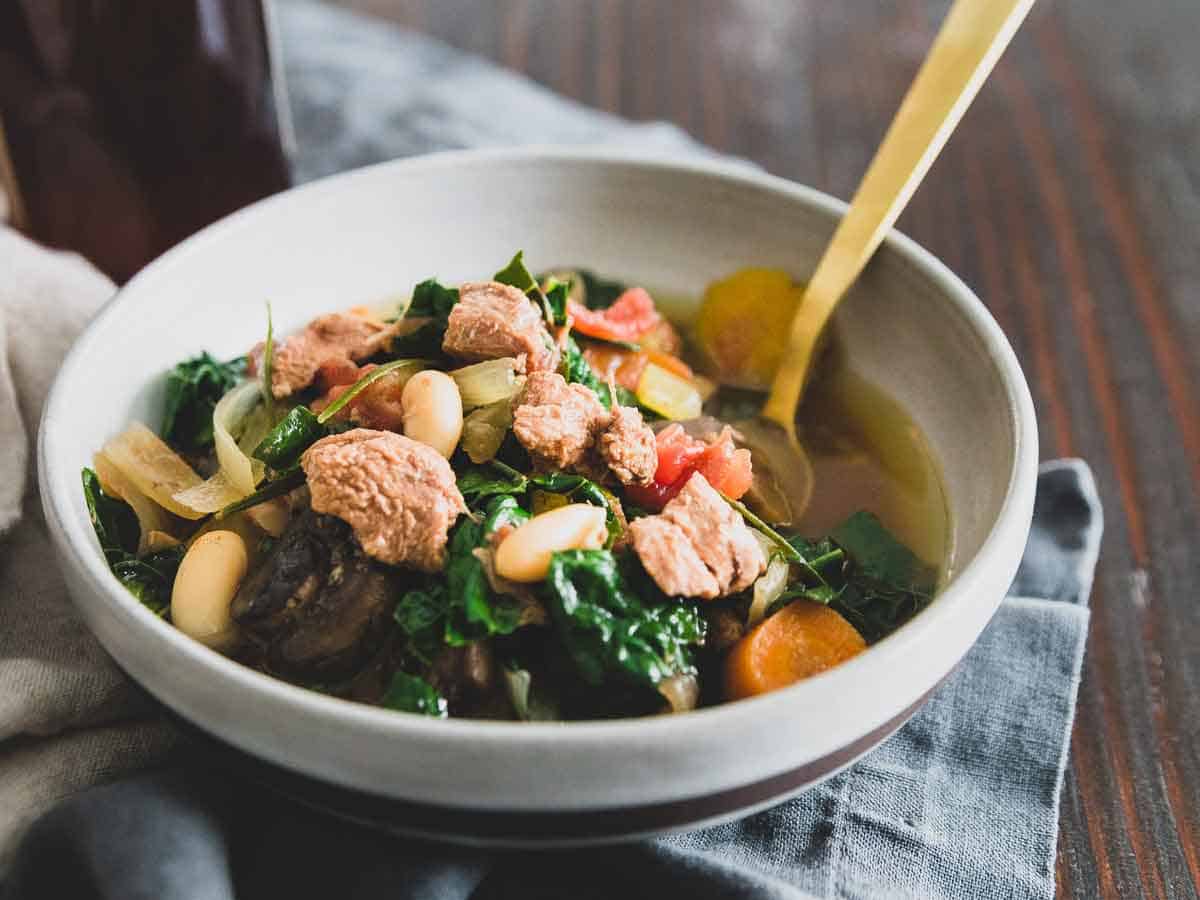Remember when Grandma ruled the kitchen with her tried-and-true methods? She didn’t need fancy gadgets, just a few solid techniques that somehow made everything taste amazing. While we’re busy scrolling for shortcuts and pre-made options, Grandma had tricks up her sleeve that made meals rich, flavorful, and without half the waste. It turns out, a lot of her old-school habits are exactly what we need to bring back in this fast-paced convenience world we live in today.

Cooking from Scratch


Grandma rarely relied on pre-packaged foods or mixes. She’d make everything from bread to soup right from scratch, giving her dishes a level of freshness and flavor that’s hard to beat. Bringing this back means fewer preservatives and a deeper connection to the ingredients.
Saving Bacon Grease


Rather than tossing it, Grandma would save bacon grease to add flavor to everything from veggies to biscuits. It’s a simple way to add depth to dishes, reduce waste, and embrace the rich, savory flavors of traditional cooking.
Using Every Part of the Vegetable


In Grandma’s kitchen, vegetable scraps didn’t go to waste. Peels, tops, and stems were saved for broths, stocks, or compost. This habit is both economical and eco-friendly, helping you get the most from your produce.
Canning and Preserving


Canning fruits, vegetables, and jams was a seasonal tradition. It meant having summer’s bounty all year round, without relying on store-bought goods. Bringing this back offers a homemade touch to pantry staples, allowing for customized flavors and fewer additives.
Meal Planning and Prep


Grandma planned meals based on what she had, reducing waste and unnecessary trips to the store. A bit of planning saves time, money, and stress, and ensures that each meal has a purpose, with leftovers used creatively.
Using Cast Iron


Grandma’s trusty cast iron skillet was a kitchen staple, known for even heat distribution and durability. Cast iron cookware can last generations and adds a flavor depth to dishes that’s hard to replicate with modern nonstick pans. Plus, it’s a chemical-free alternative to nonstick.
Baking with Real Butter


Butter was Grandma’s go-to for baking, adding a richness and texture that margarine or shortening just can’t match. Baking with real butter brings back a level of indulgence and a flavor that many nostalgic recipes rely on.
Making Homemade Stock


Instead of store-bought broth, Grandma would simmer bones and veggie scraps to create a rich, flavorful stock. This adds a homemade touch to soups and sauces, using up leftovers and eliminating the need for artificial flavorings.
Cooking with Seasonality


Grandma cooked with what was in season, making the most of fresh, local ingredients at their peak flavor. Seasonal cooking is cost-effective, environmentally friendly, and brings more variety to meals throughout the year.
Slow Cooking and Patience


Meals weren’t rushed; flavors were built over hours. Grandma’s slow-cooked stews, roasts, and sauces benefited from low, slow cooking, which brings out complex flavors. Embracing slow cooking can transform simple ingredients into comforting, richly flavored dishes.
20 Reasons Why Grandma’s Cooking Would Get You Canceled Today


Grandma’s cooking had a certain charm—she knew how to stretch a meal and make the most out of what she had. There’s something to be said for her no-nonsense approach, and maybe we could all learn a thing or two from her methods. But let’s be real: not everything she did would fly today. Times have changed, and some of her beloved practices would probably get a few raised eyebrows—or worse—in today’s world. So while we might want to embrace a bit of Grandma’s wisdom, it’s also okay to leave some of her habits in the past.
Read it Here: 20 Reasons Why Grandma’s Cooking Would Get You Canceled Today
12 Leftover Hacks To Make The Most Of Your Food


We’ve all been caught staring into the fridge at the sad remains of last night’s dinner, wondering if those limp carrots can be salvaged or that forgotten yogurt is best suited for the trash. But before you toss those potential ingredients, hold on! With a few clever tricks, you can transform those leftovers and forgotten bits into delicious new meals.
Read it Here: 12 Leftover Hacks To Make The Most Of Your Food
*Select images provided by Depositphotos.
Gina Matsoukas is an AP syndicated writer. She is the founder, photographer and recipe developer of Running to the Kitchen — a food website focused on providing healthy, wholesome recipes using fresh and seasonal ingredients. Her work has been featured in numerous media outlets both digital and print, including MSN, Huffington post, Buzzfeed, Women’s Health and Food Network.


